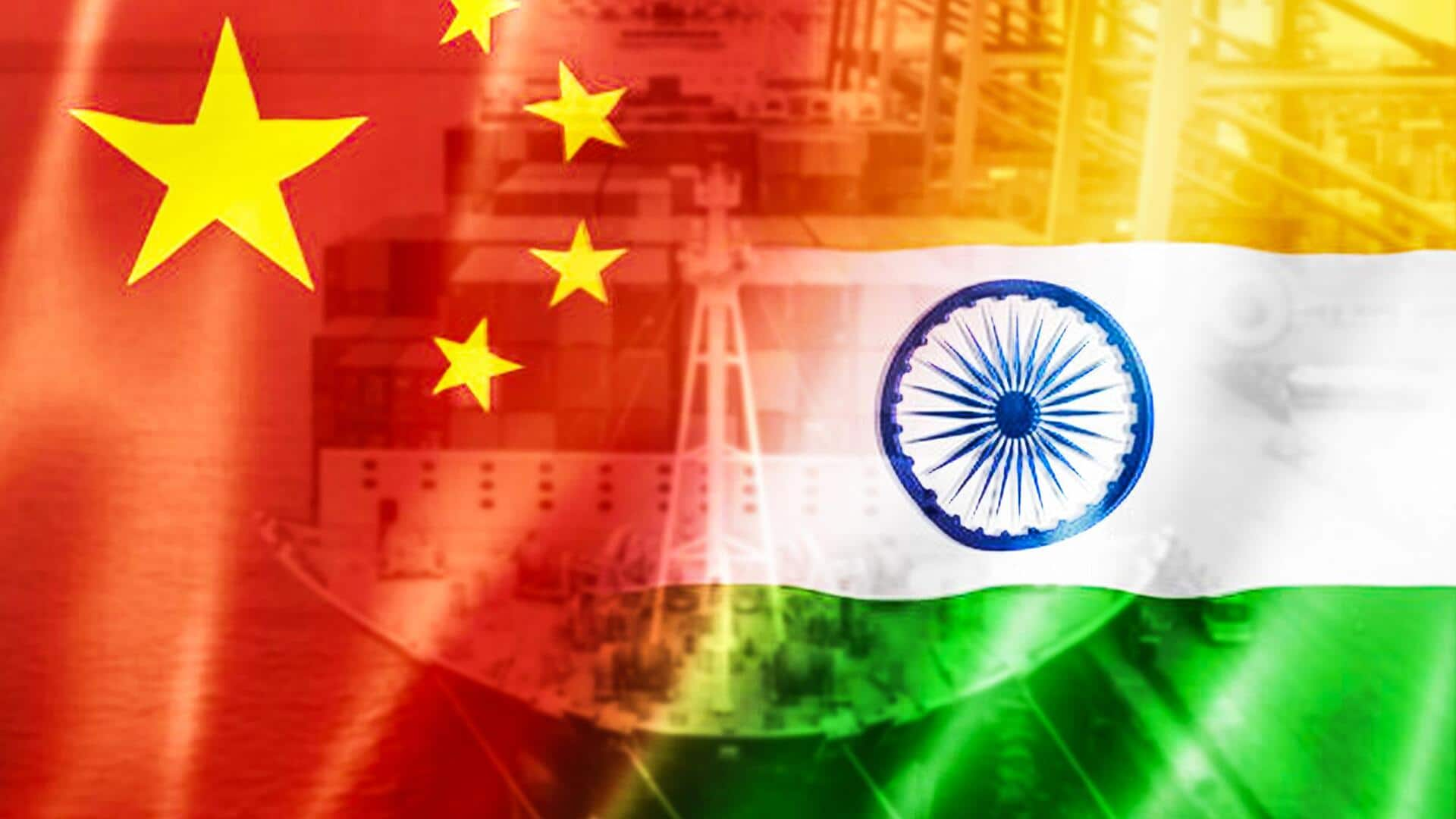
G20's rail-port corridor: India's answer to China's BRI
What's the story
The proposed India-Middle East-Europe economic corridor will be substantially different from China's Belt and Road Initiative (BRI), Railway Minister Ashwini Vaishnaw has said. He said the project, announced at the recent G20 Summit in New Delhi, will focus on revenue generation and avoid debt traps for host nations. The corridor aims to speed up trade between India and Europe by up to 40% by linking railway and port facilities across the Middle East, South Asia, and Europe, among other regions.
Context
Why does this story matter?
The project is being touted as a counterweight to China's growing influence in global trade and its proposed BRI, under which it seeks to revive the Silk Road, a network of ancient Eurasian trade routes. While Saudi Arabia and the United Arab Emirates (UAE) are United States (US) allies, they are increasingly positioning themselves to align with China. They also recently showed interest in joining the BRICS, which is looking at creating an alternative to the US-led world order.
Details
Project will be able to pay on its own: Vaishnav
Speaking to NDTV, Vaishnaw emphasized that unlike the BRI, which came with numerous conditions, each country involved in the G20 economic corridor project can make decisions based on its needs. He said different multilateral institutions are willing to fund the project. "Transportation will bring so much revenue that it will be able to pay on its own without getting the host country into a debt trap," Vaishnaw said.
Insights
Corridor to bypass Suez Canal
Notably, the project will partially be a shipping corridor and the rest a railway network. It would also connect electricity and data networks and hydrogen pipelines across the corridor. It entails two separate corridors—the East Corridor connecting India to West Asia and the North Corridor linking West Asia to Europe. The project aims to bypass the Suez Canal by linking railway and port facilities across the Middle East, which is believed to significantly speed up trade between India and Europe.
BRI
Italy plans to quit BRI
To note, China's BRI has reportedly plunged several countries into debt, including Kenya, Laos, Mongolia, Pakistan, and Zambia. Separately, Italy—the only G7 nation to join the BRI—is mulling over quitting the project as it feels it hasn't benefited sufficiently from the BRI. Meanwhile, the US-backed rail-port corridor is being dubbed the new "Spice Route." It will also focus on linking pipelines for the production and transportation of environment-friendly green hydrogen and the deployment of new undersea cables for data connectivity.